Understand your dog’s prey drive, manage it safely, and channel it with clear training. This guide walks you step by step through building orientation, recall, impulse control, and constructive prey substitutes that work in daily life, in the city, and out in the field.
Table of contents
- What anti-prey training is and isn’t
- Immediate actions and management
- Core training building blocks
- 8-week plan from living room to game scent
- Prey substitutes for smart enrichment
- Emergency protocol when wildlife appears
- Common mistakes to avoid
- Puppies and late starters
- Laws and safety
- FAQ
What anti-prey training is and isn’t
Anti-prey training does not erase prey drive. It redirects that energy into controllable behavior chains. The goal is not a lifetime on leash—you want reliable orientation to the handler, a rock-solid recall, and alternatives to chasing such as searching, indicating, and retrieving. Management and training belong together. Without safeguards there is no consistent learning.

Immediate actions and management
- Long line, 25–35 ft on a well-fitted harness. Wear gloves and never wrap the line around your hand.
- Choose routes with clear sightlines. Avoid hedgerows and busy wildlife corridors, especially at dawn, dusk, and during nesting seasons.
- Carry high-value rewards. Use toys and food pouches in a structured way.
- Plan short sessions followed by real downtime. Overtired dogs make poor choices.
Core training building blocks
1) Orientation and foundation cues
Strong foundations prevent many chase incidents. Build basic cues with great rewards and teach loose-leash walking in tiny steps. A dependable recall is non-negotiable—back it up with a long line at first.
2) Impulse control and switching off
Dogs chase when arousal spikes. With impulse control you lower arousal before it boils over: curb waits, breaking eye contact with triggers, and moving off calmly on a release cue. Keep reps short and clear instead of long drills.
3) Interrupter cue and U-turn
A neutral interrupter such as “stop” or a whistle ends the start of a chase and immediately flows into a U-turn (a smooth 180° back to you) followed by a jackpot reward. Teach the U-turn in easy places, then with mild triggers like joggers or pigeons, and only later near wildlife.
4) “Look” and a clean marker
Eye contact is your safety brake: the dog notices the trigger, looks briefly, then looks back to you. Mark and pay. This builds a reflex from trigger to handler. Your marker (click or “yes”) should be precise, upbeat, and always reinforced.
5) Distance management and LAT
With “Look at That” the dog may observe triggers in a controlled way and earns reinforcement for re-orienting. Distance is the key variable—if you’re too close, increase distance first, then train.
6) Structure beats “don’t”
Pure prohibitions create frustration. Offer prey substitutes such as scent games, food-pouch work, and beginner dummy training with clear rules so hunting energy flows into your tasks.
8-week plan from living room to game scent
- Week 1: Orientation at home and in the yard. Two to three minutes, three to five times daily: name game, “look,” calm hand targets, short leash paths.
- Week 2: Recall indoors and outdoors with premium rewards. Clean up marker timing.
- Week 3: U-turn without triggers, then on quiet paths. Practice long-line handling.
- Week 4: Impulse control on walks: curb waits, release cues, “sit–look–go” around mild triggers such as distant pigeons.
- Week 5: LAT with moving triggers (bikes/joggers) at generous distance. Aim for ~80% success; if not, add distance.
- Week 6: Start prey substitutes: food-pouch searches and simple dummies, 1–2 short sequences per outing.
- Week 7: First wildlife spots at large distance (mind the wind). Pair “look,” U-turn, and a jackpot.
- Week 8: Generalize to new places, times, and weather. Add only one hard thing per walk—never everything at once.
Pro tip: Keep a training log with place, trigger, distance, cue, and result (✓ or ✗). You’ll see progress and handle setbacks calmly.
Prey substitutes for smart enrichment
- Scent work: food trails, lost-item searches, light mantrailing. Quality beats duration.
- Dummy/food pouch: calm deliveries and controlled releases—skip frantic chase games.
- Tricks and brain work: target changes, cue chains, neat heelwork—ideas in dog tricks & exercises.

Emergency protocol when wildlife appears
- Stop, shorten the line, and breathe.
- Mark any glance back to you and cue a smooth U-turn.
- Use the interrupter once if needed, then increase distance by arcing away or turning around.
- Jackpot out of sight, then offer a short decompression break.
Common mistakes to avoid
- Working too close to triggers—distance, not willpower, decides success.
- “Burning” cues by repeating recall without follow-through.
- Long, hectic sessions—five short sets beat one marathon.
- No rest—high arousal without recovery leads to loss of control.
Puppies and late starters
Puppies thrive on calm socialization and clear routines. Start orientation, leash skills, and recall on day one. Helpful guides: Puppy: the first weeks and First walks with your puppy. Adult “chasing pros” can learn too with analysis, management, and small, consistent steps.
Laws and safety
Leash rules vary by area. During nesting and fawning seasons regulations are often stricter. Violations endanger wildlife and can be costly. Check local rules and respect protected zones.
FAQ
How long does anti-prey training take?
Initial progress often appears within weeks. Reliability builds over months with consistent practice.
Will a special harness solve chasing?
A well-fitted harness protects during long-line work, but it does not replace training.
Is a flirt pole helpful?
Only with structure and experience. Used poorly it can increase chasing. Favor scent work and controlled dummy tasks.
Is off-leash still possible?
Yes, in appropriate areas and only once cues are very solid. Until then the long line is your safety net.


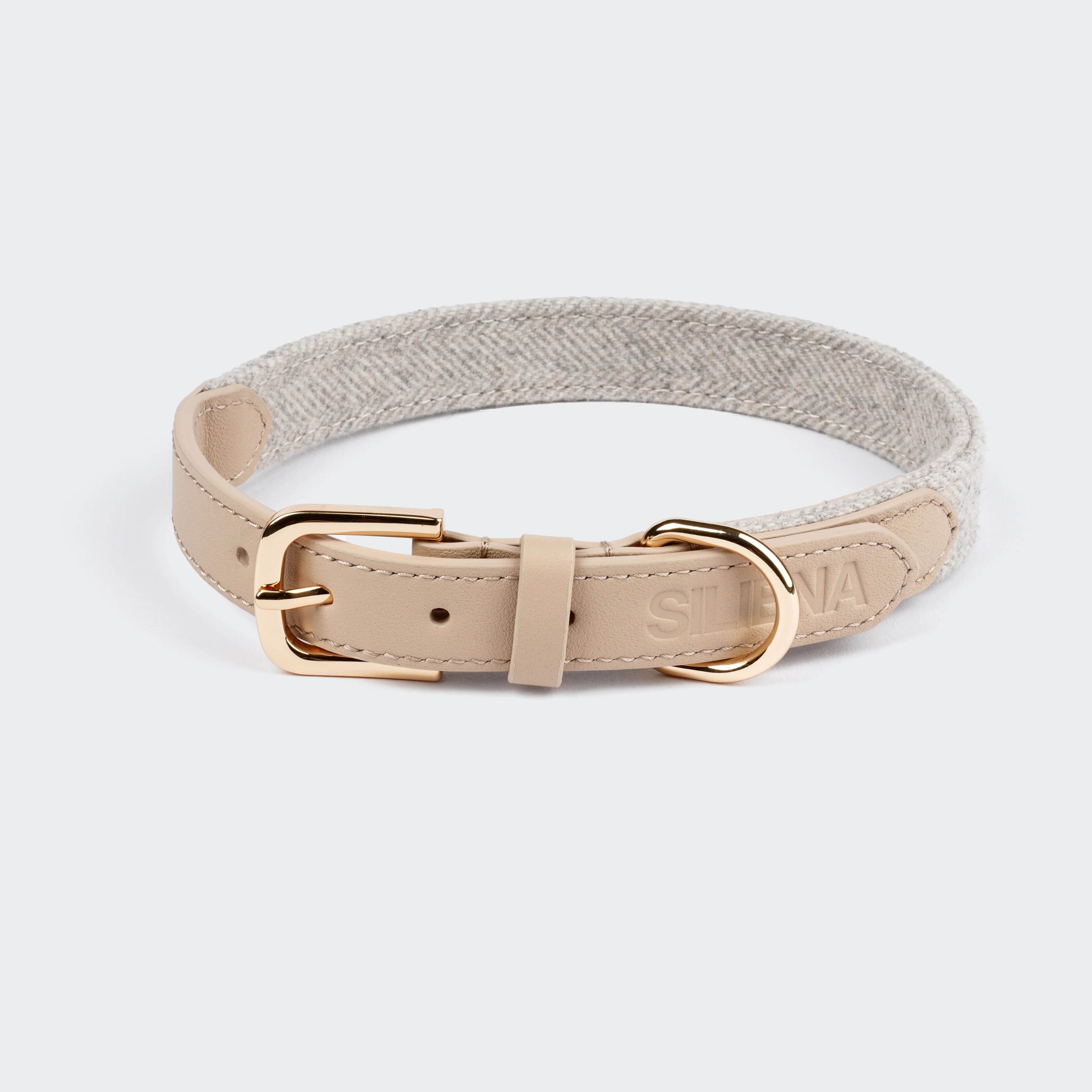
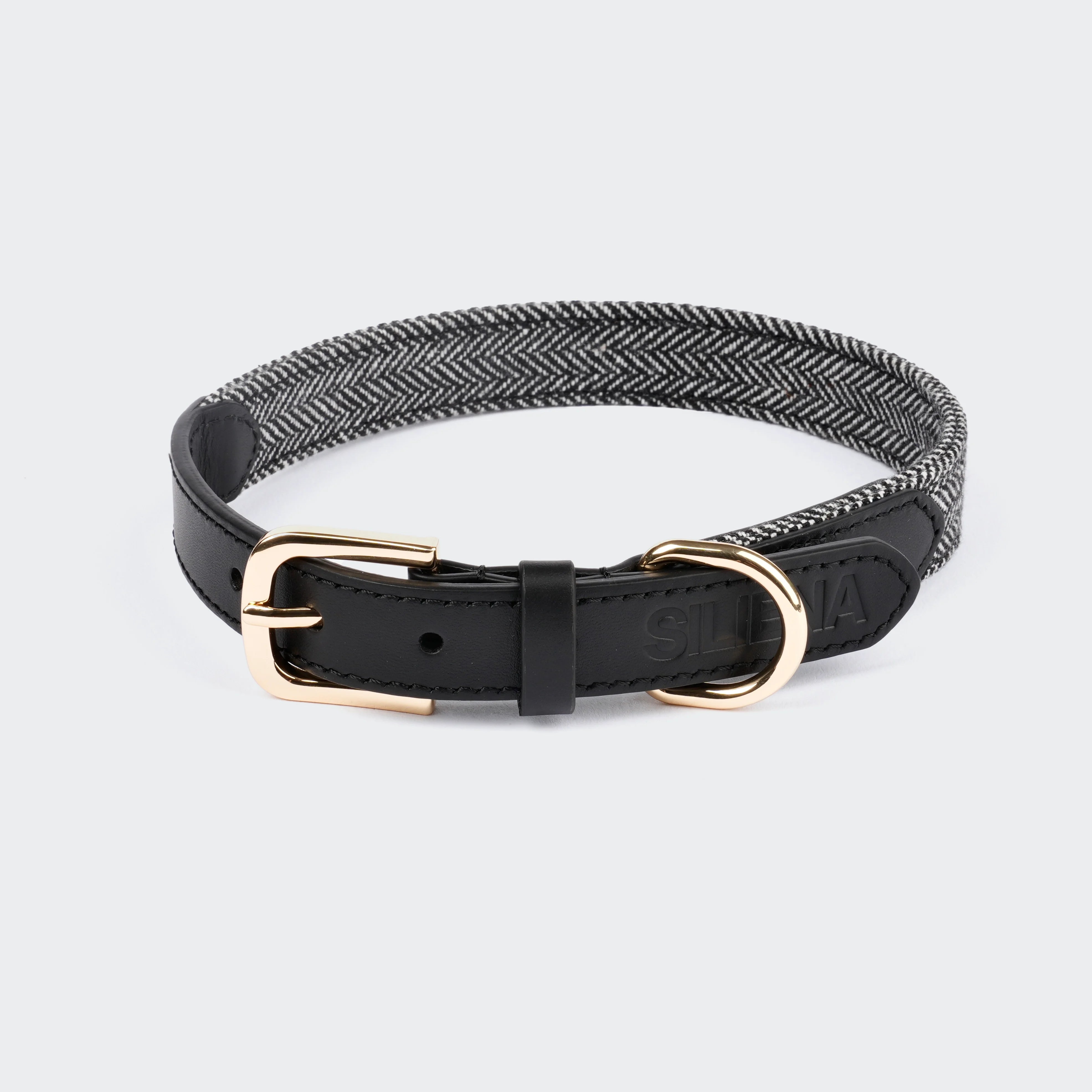
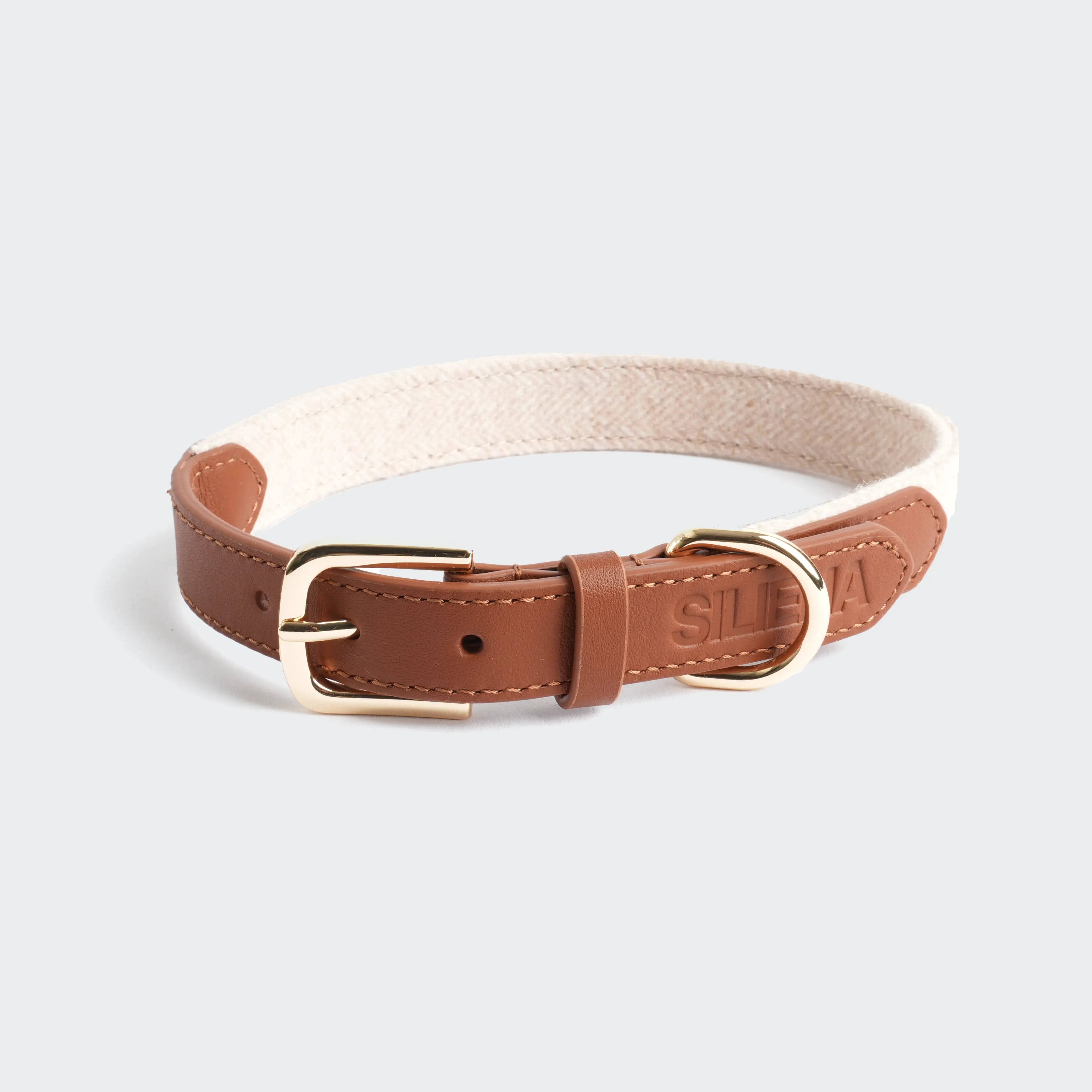
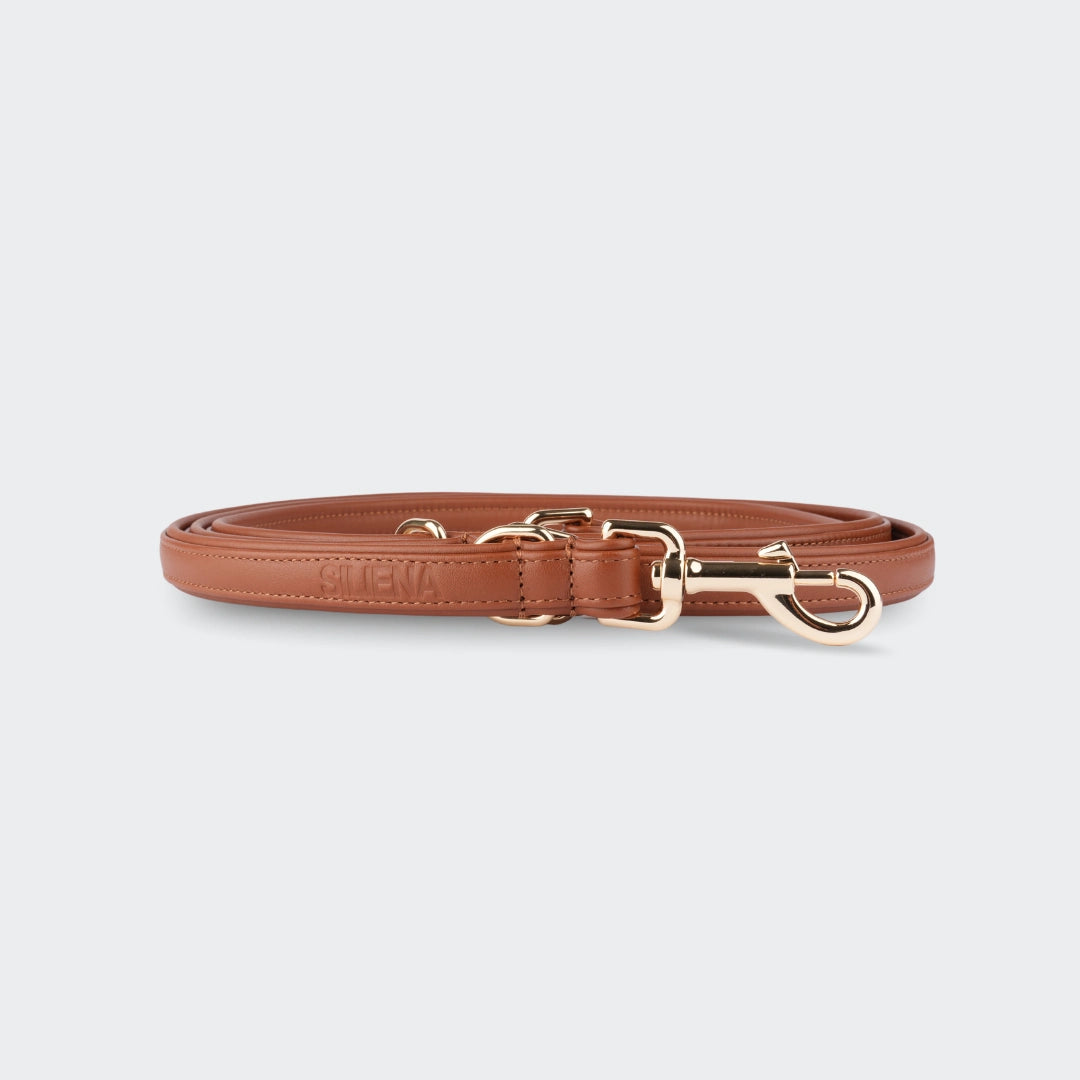
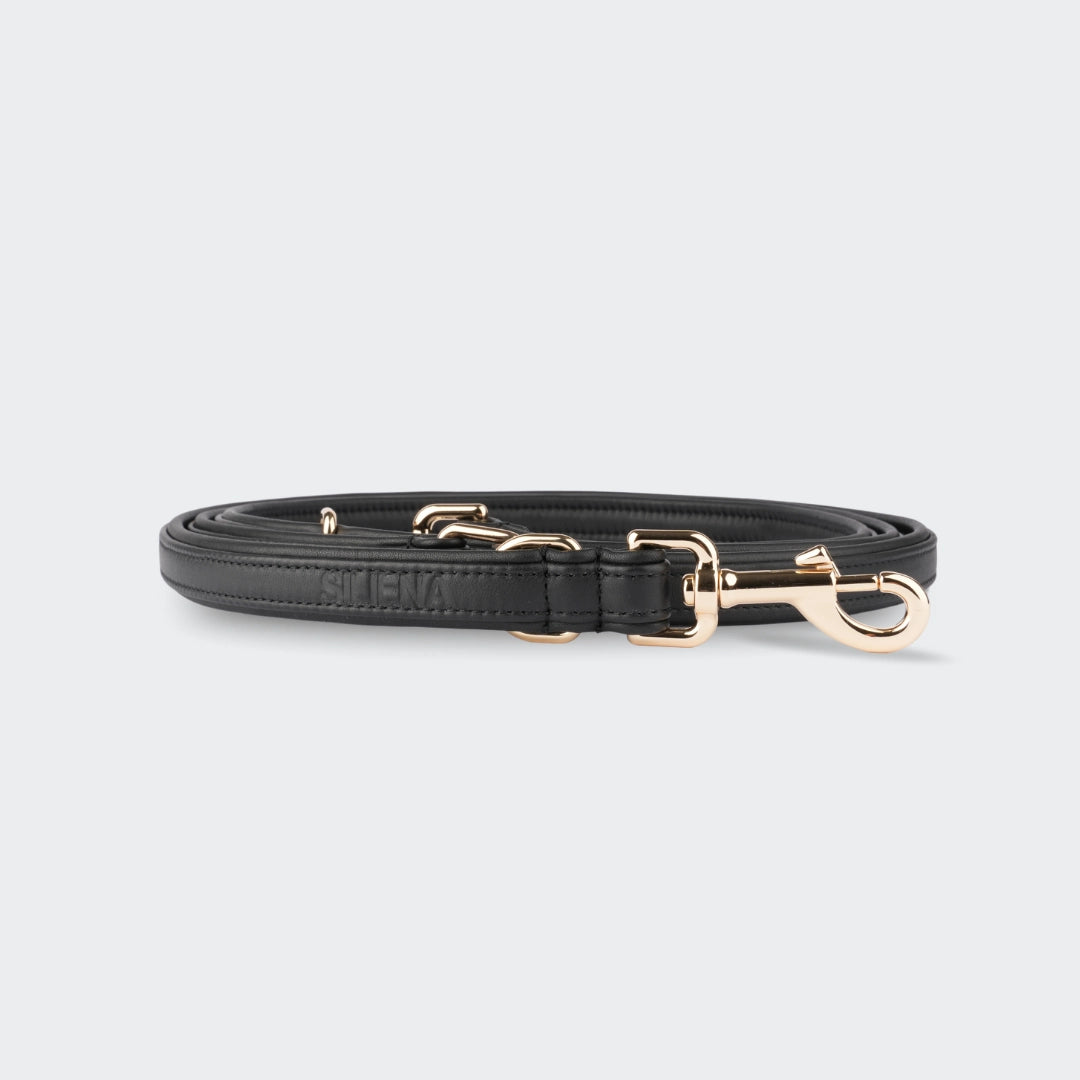
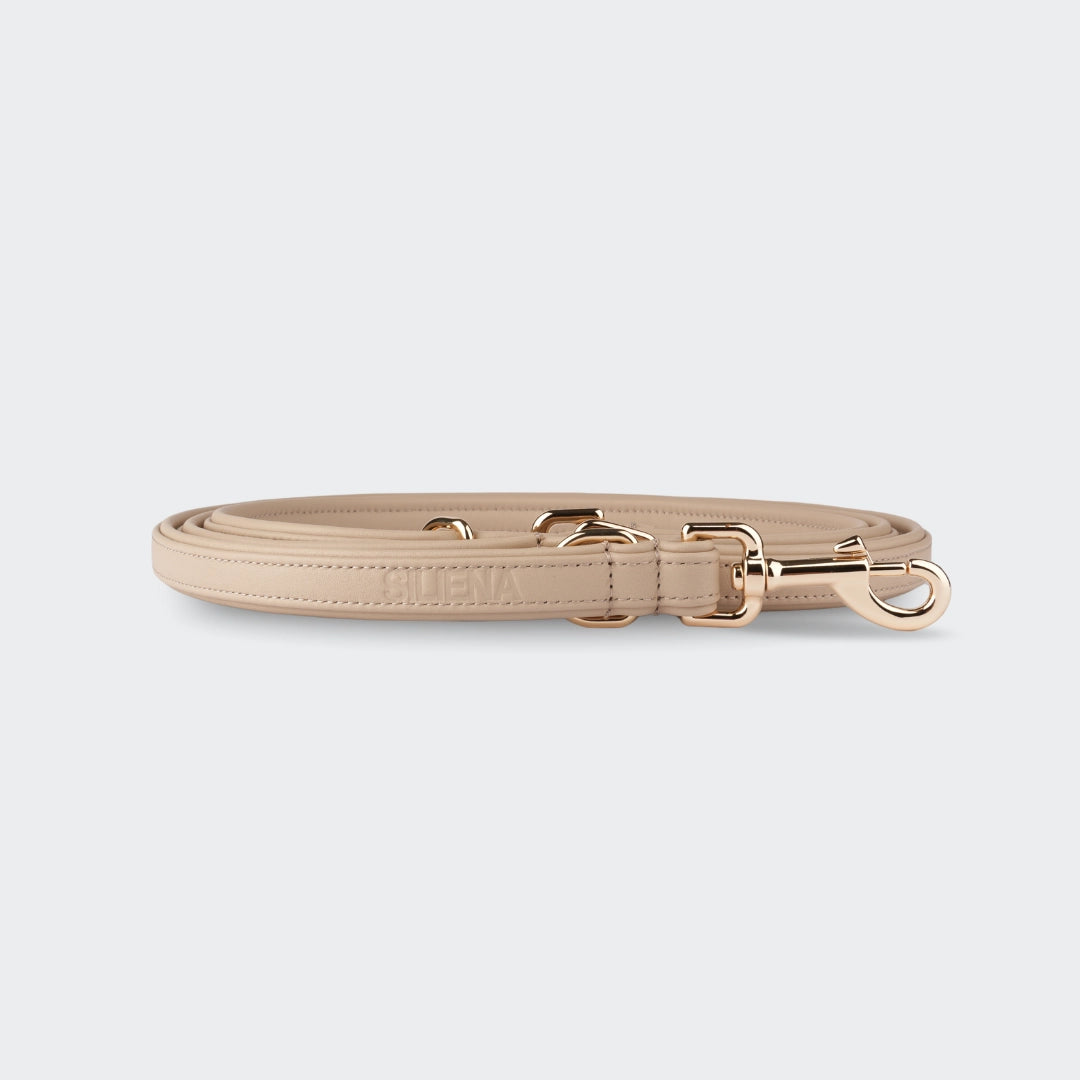
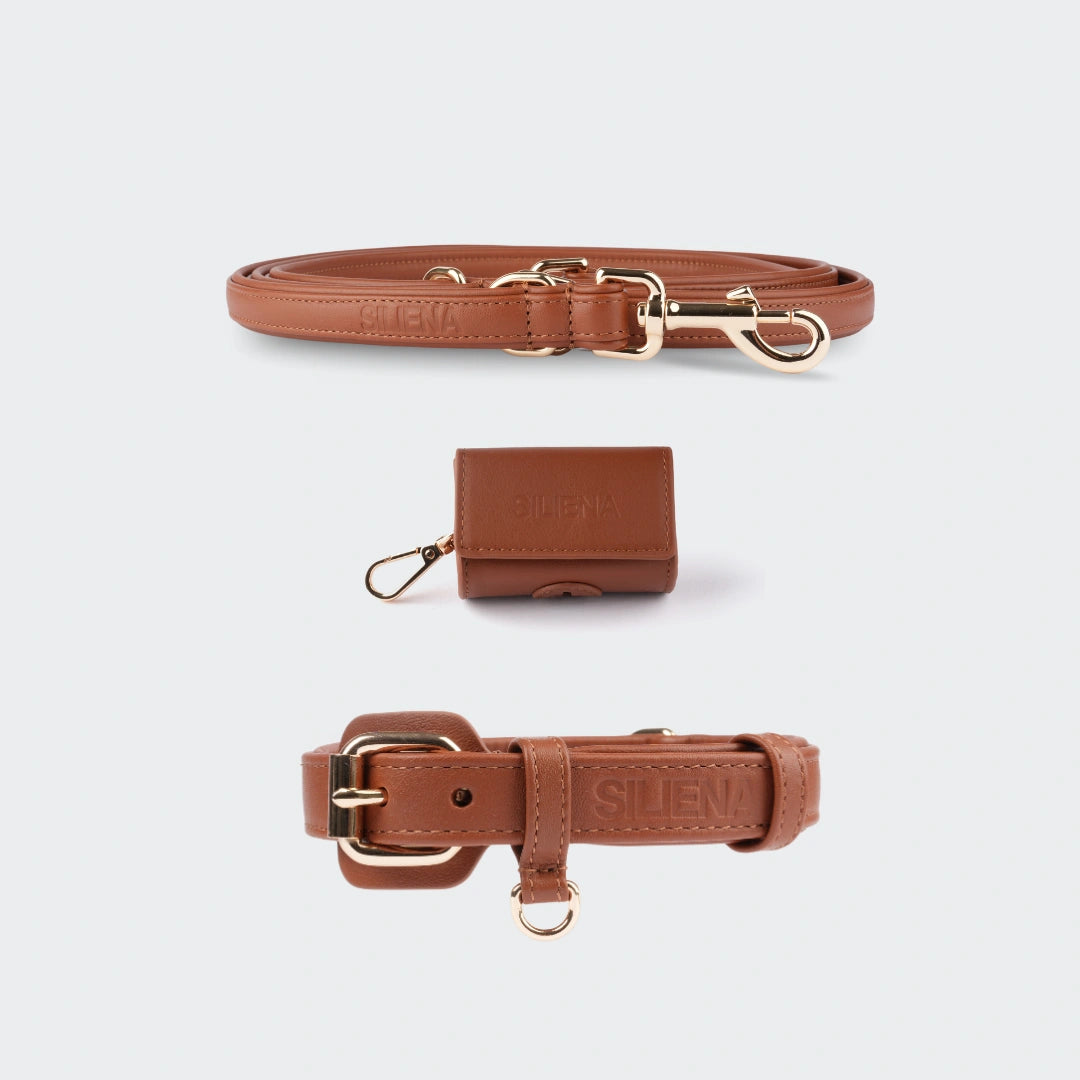
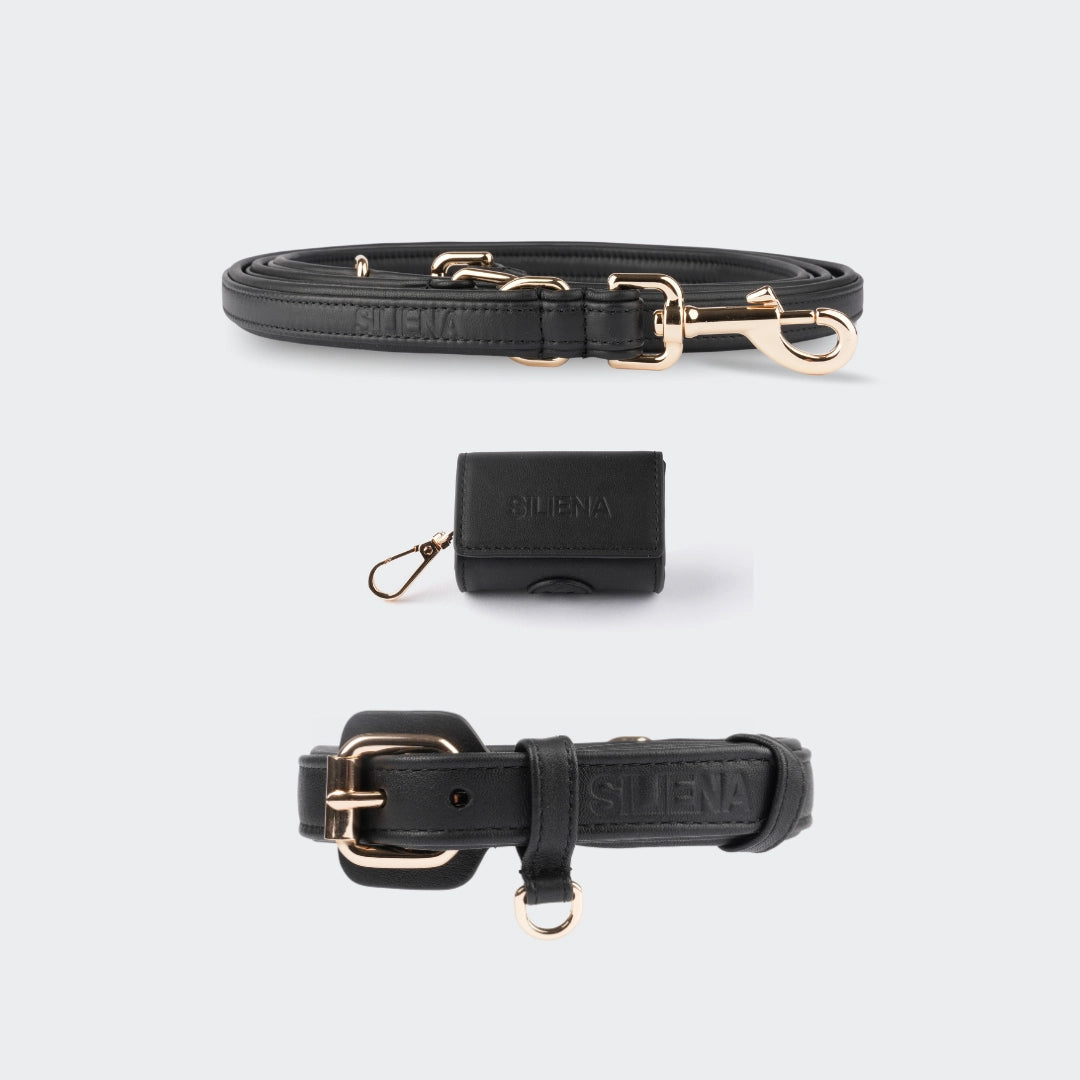
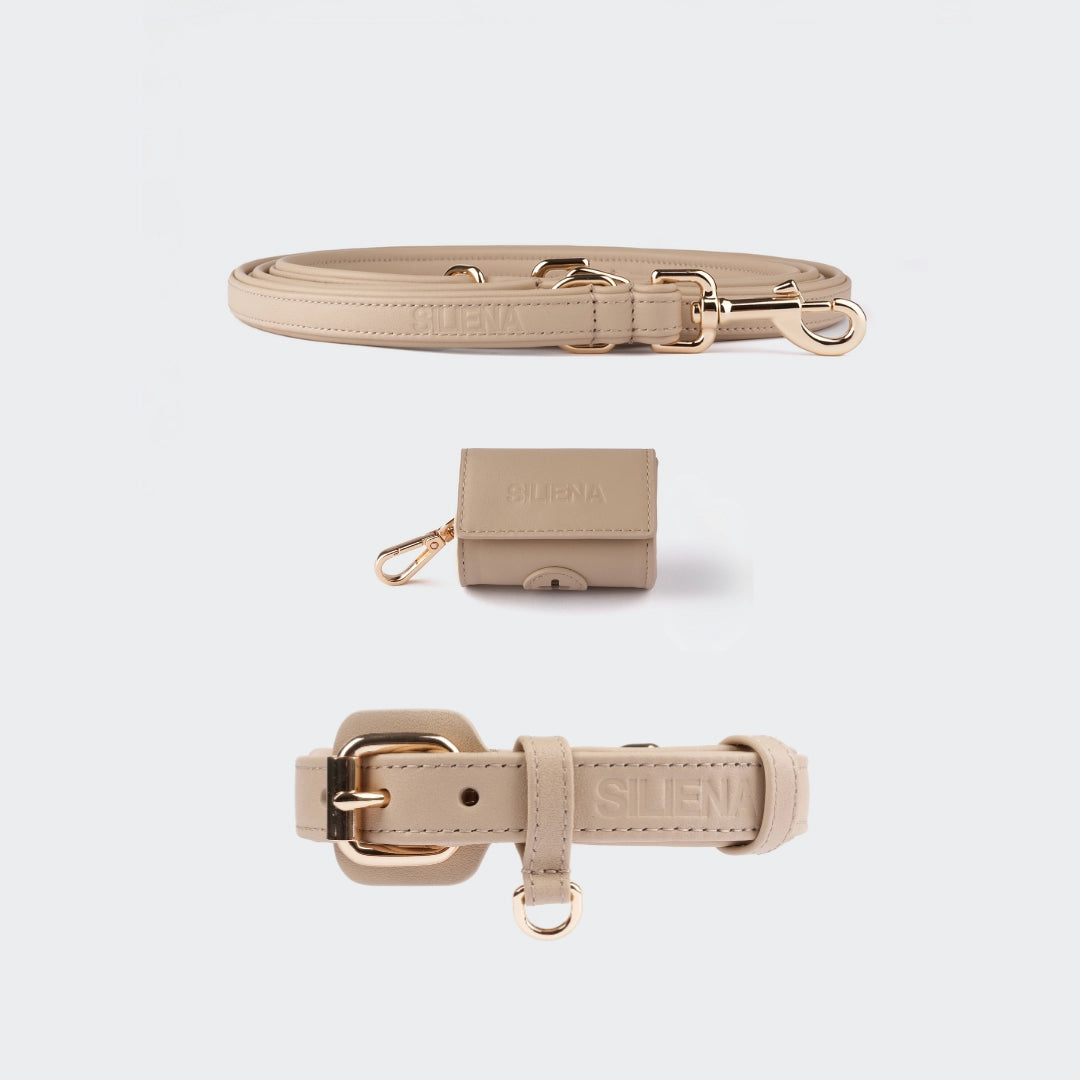
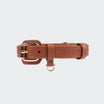
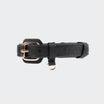
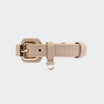
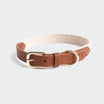
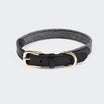
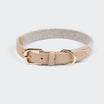
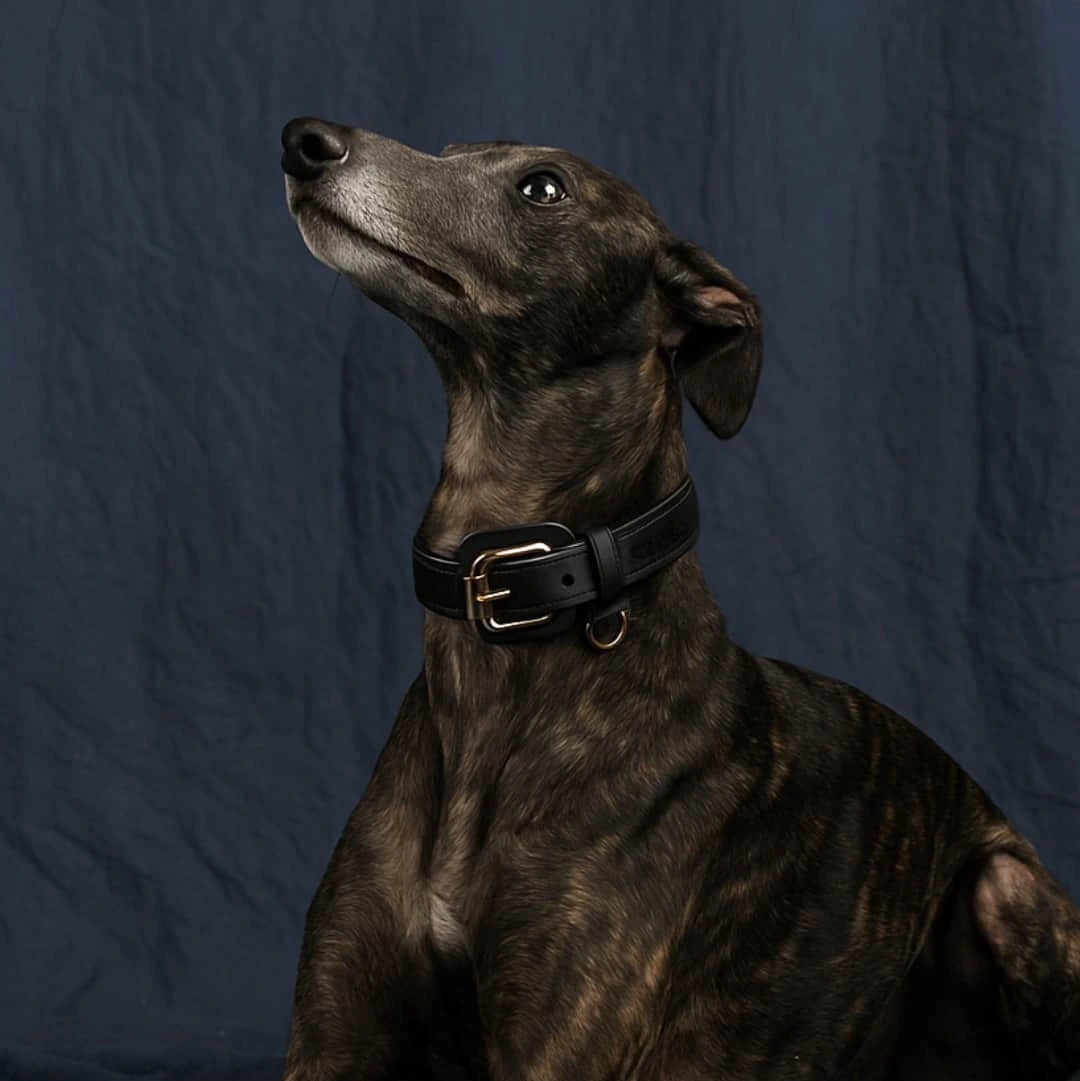

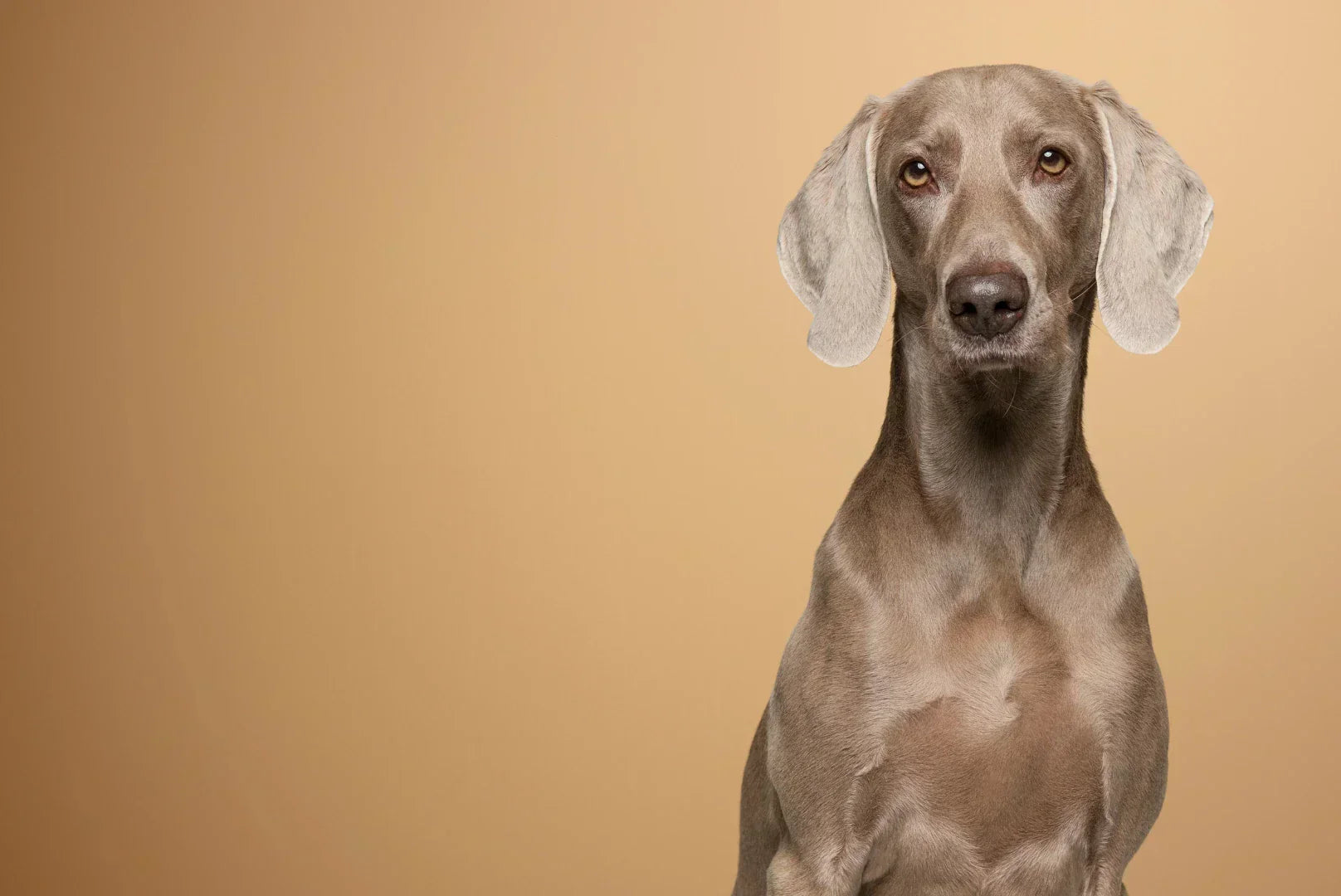
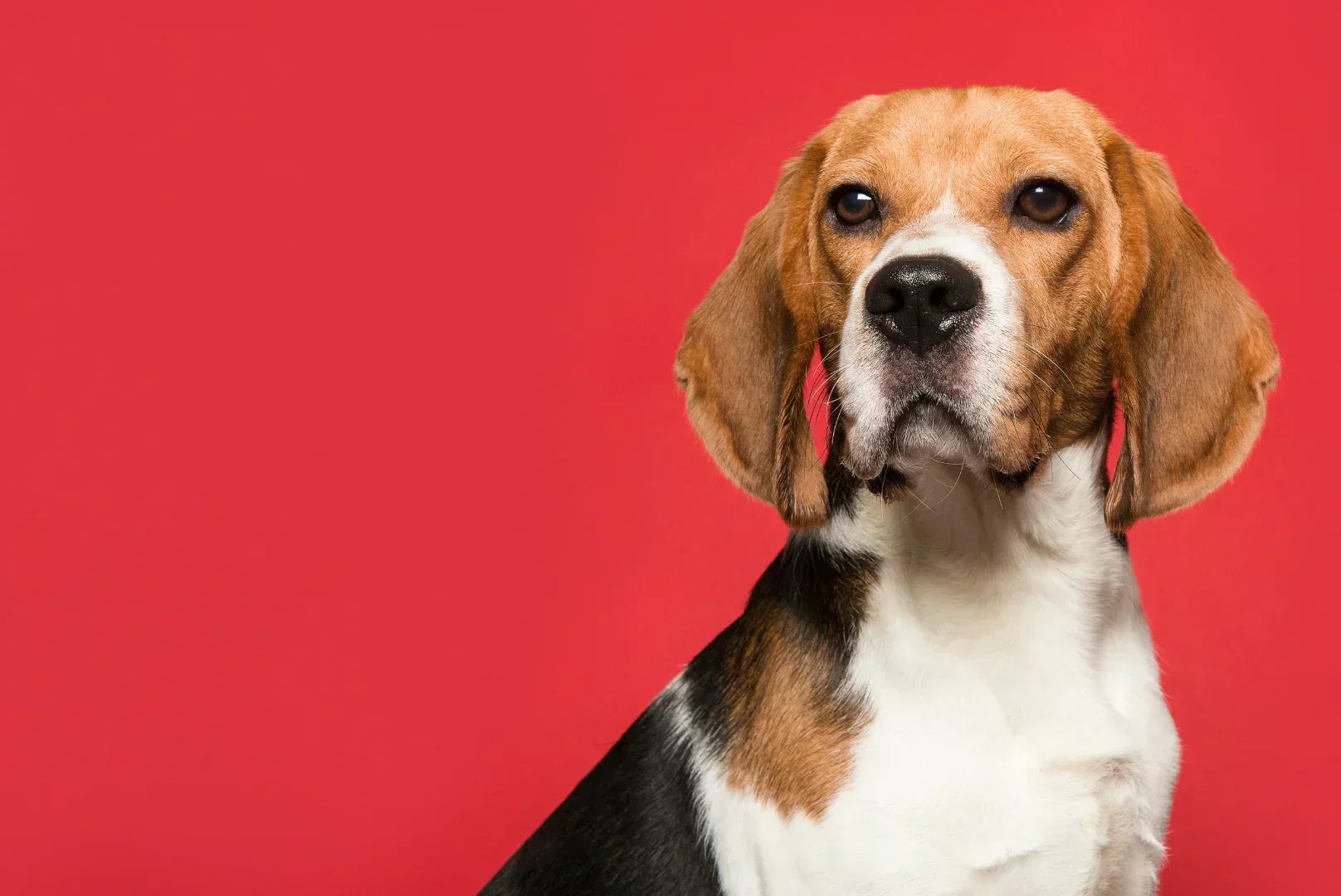
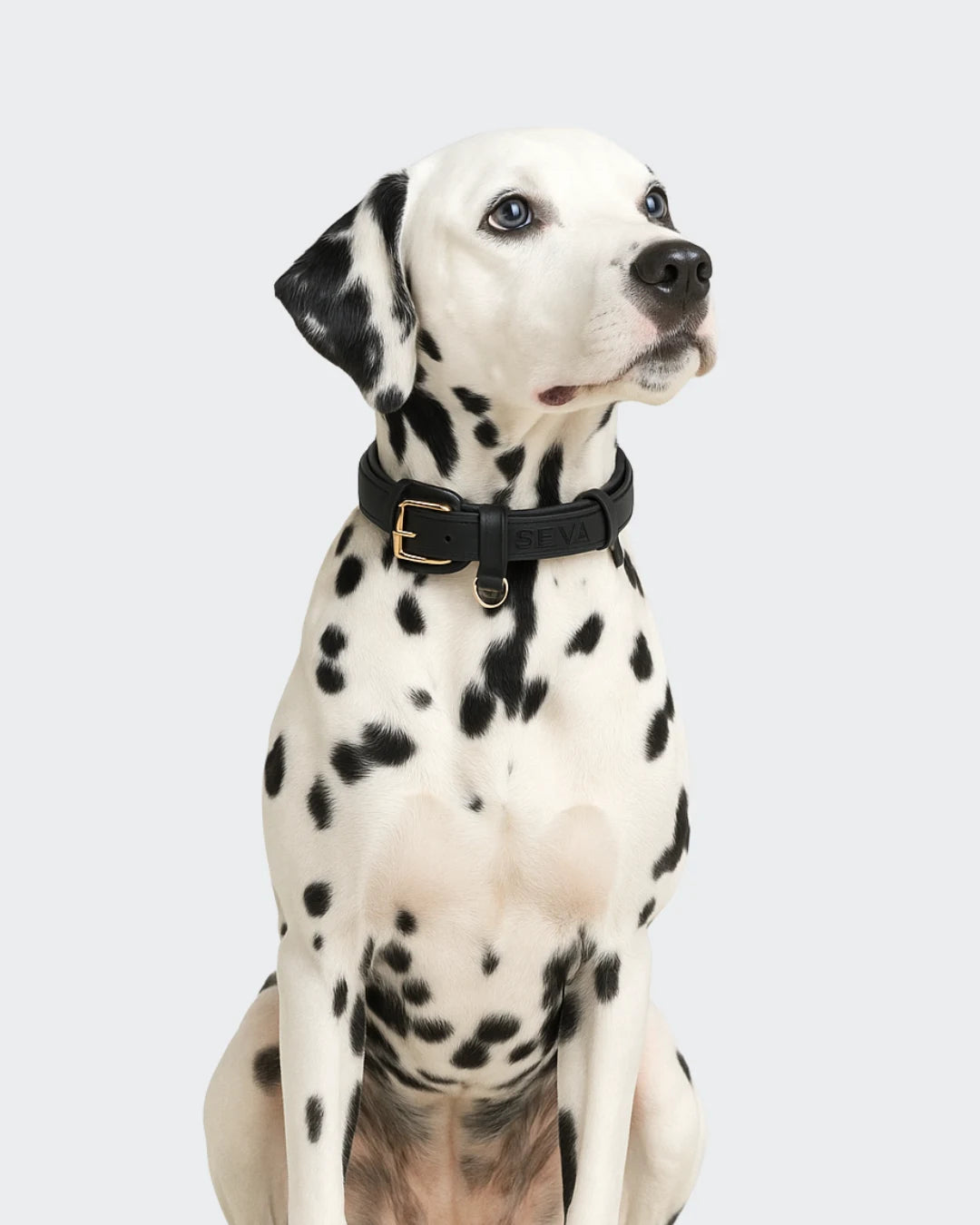
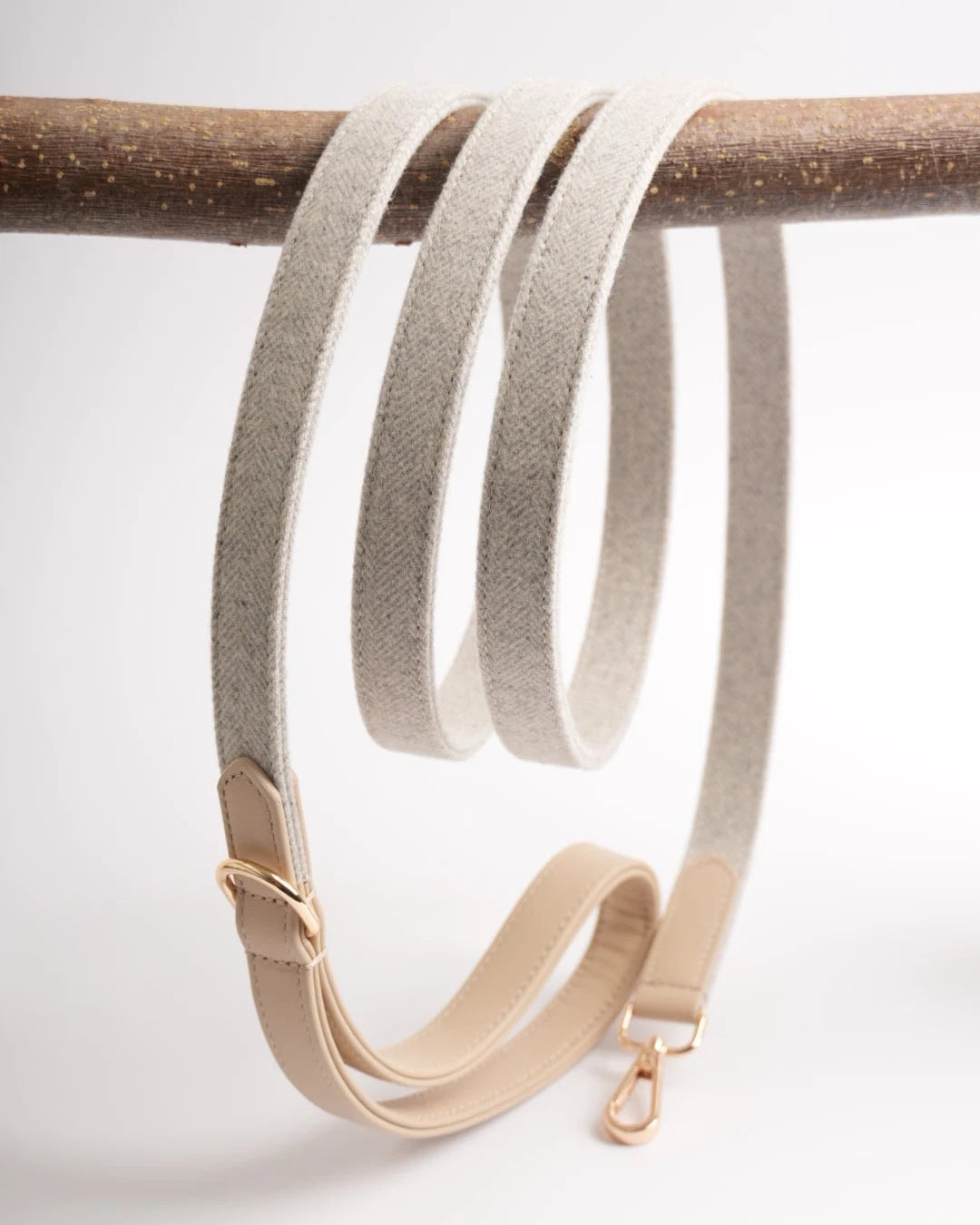
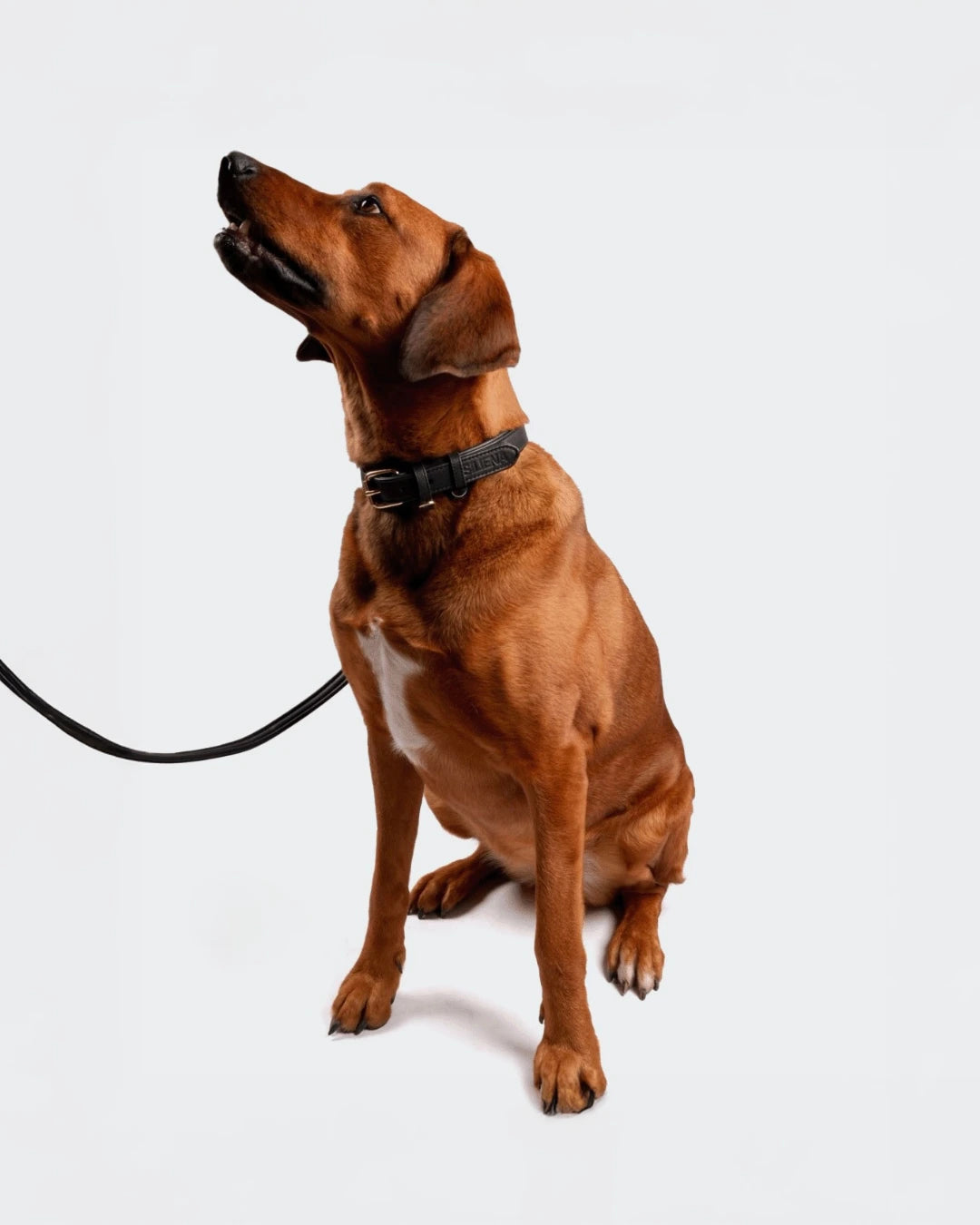
Leave a comment
This site is protected by hCaptcha and the hCaptcha Privacy Policy and Terms of Service apply.